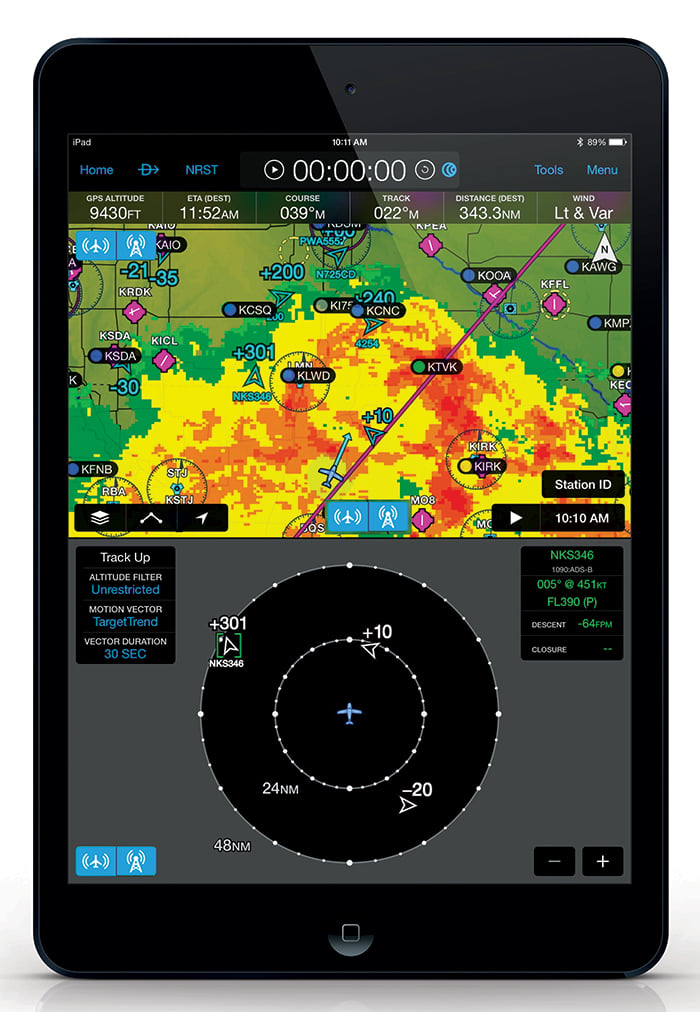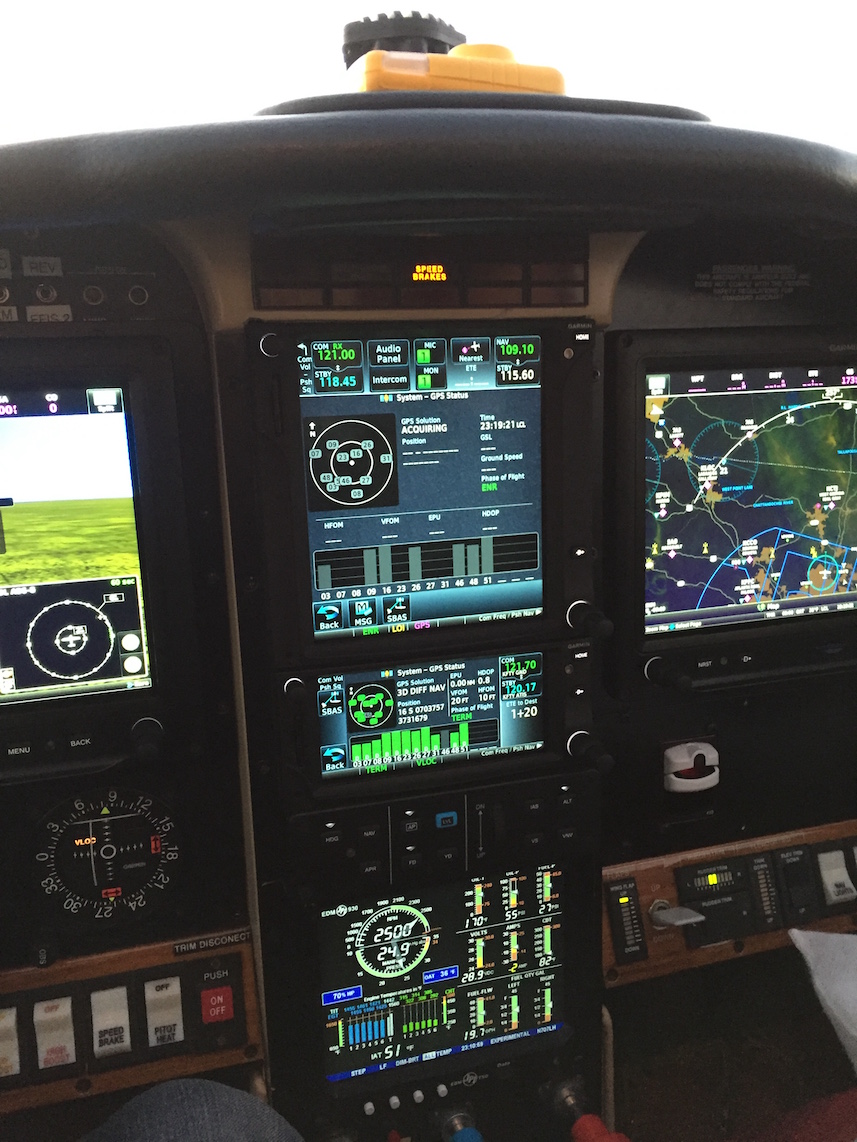In my inbox last night:
http://newsroom.garmin.com/press-re...ls-next-generation-all-one-ads-b-transponders

Pictures and pricing:
https://buy.garmin.com/en-US/US/in-the-air/general-aviation/transponders/gtx-345/prod140949.html
https://buy.garmin.com/en-US/US/in-the-air/general-aviation/transponders/gtx-335/prod140939.html

http://newsroom.garmin.com/press-re...ls-next-generation-all-one-ads-b-transponders

Pictures and pricing:
https://buy.garmin.com/en-US/US/in-the-air/general-aviation/transponders/gtx-345/prod140949.html
https://buy.garmin.com/en-US/US/in-the-air/general-aviation/transponders/gtx-335/prod140939.html

.
.
.
Last edited:





